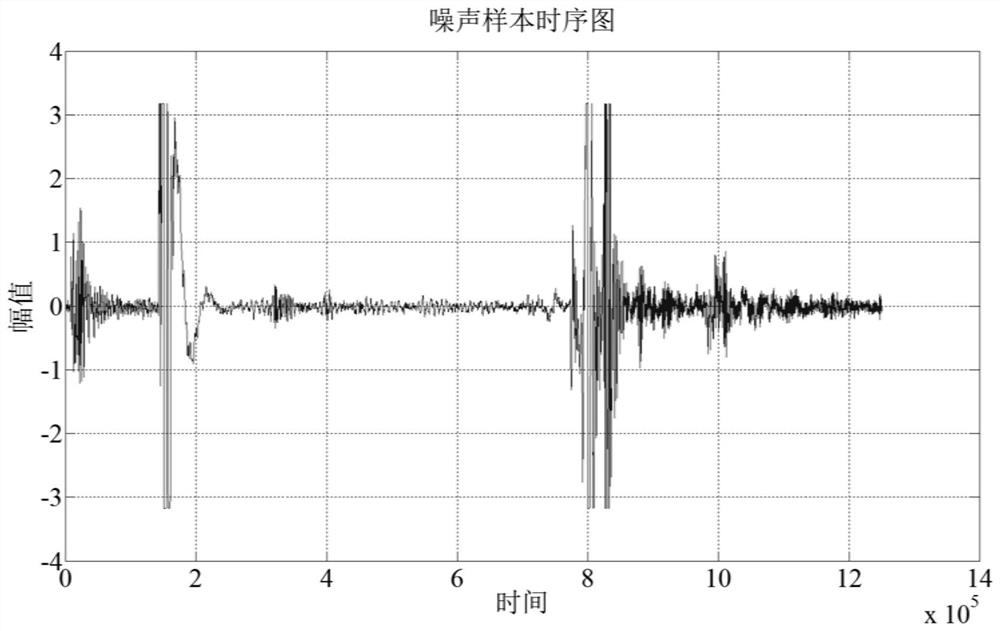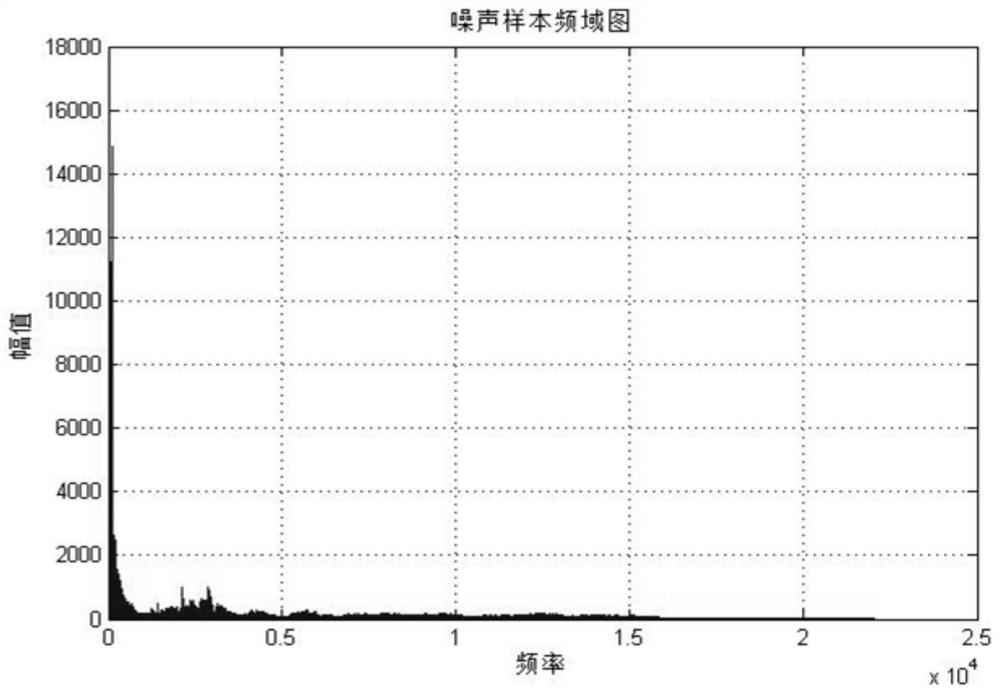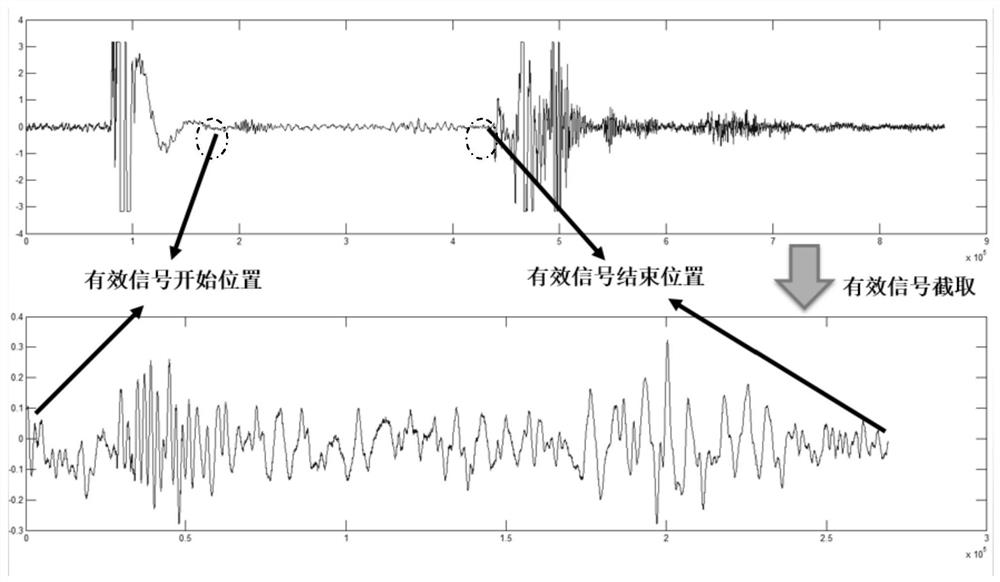A noise anomaly detection method of air conditioner indoor unit based on time-frequency domain deep learning algorithm
A deep learning, air-conditioning internal unit technology, applied in computer parts, computing, speech analysis, etc., can solve the problem of difficulty in summarizing abnormal signals through manual analysis, improve analysis accuracy and reliability, increase feature quantity, increase The effect of reliability
- Summary
- Abstract
- Description
- Claims
- Application Information
AI Technical Summary
Problems solved by technology
Method used
Image
Examples
Embodiment 1
Embodiment 2
[0072] The number of training iterations of the first LSTM neural network is 100 times, the learning rate is 0.01, the training optimizer is Adam, and the training
[0074] The number of training iterations is 100, the learning rate is 0.01, and the training optimizer is Adam, when the number of training iterations is reached
[0079] The time domain diagram of the original sound signal is shown in FIG. 1 , and the frequency domain diagram of the original sound signal obtained by conversion is shown in FIG. 2 .
[0085] Threshold detection and fluctuation detection are used to detect obvious anomalies, such as very high amplitude signals.
[0095] The weighted fusion of the detection results has the following advantages: 1. Improve the detection rate of abnormal air conditioners. Air conditioner malfunction
[0096] 2. Reduce the abnormal false positive rate. When the detection system reports abnormality, the air conditioner needs to be repaired. If the detection system
PUM
 Login to View More
Login to View More Abstract
Description
Claims
Application Information
 Login to View More
Login to View More - R&D
- Intellectual Property
- Life Sciences
- Materials
- Tech Scout
- Unparalleled Data Quality
- Higher Quality Content
- 60% Fewer Hallucinations
Browse by: Latest US Patents, China's latest patents, Technical Efficacy Thesaurus, Application Domain, Technology Topic, Popular Technical Reports.
© 2025 PatSnap. All rights reserved.Legal|Privacy policy|Modern Slavery Act Transparency Statement|Sitemap|About US| Contact US: help@patsnap.com



